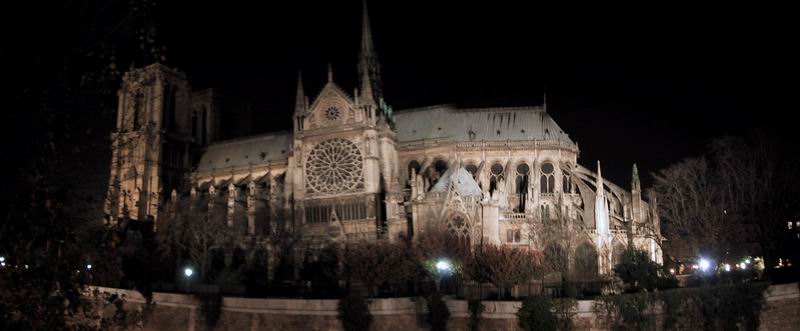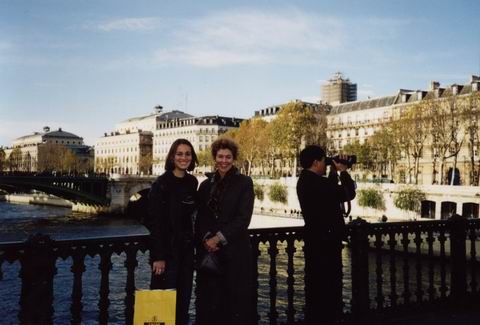
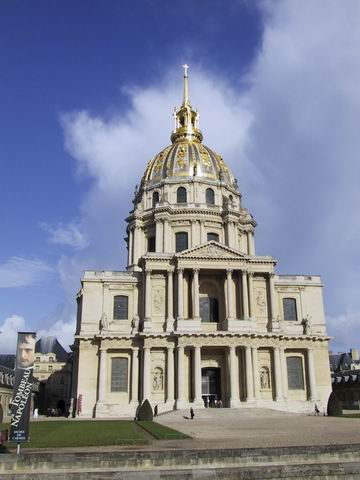
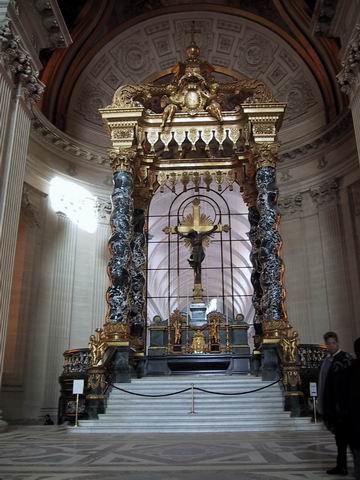
The Dome Church was once a church for the King but now is a military necropolis. Construction began in 1677 and rises over 300 feet.
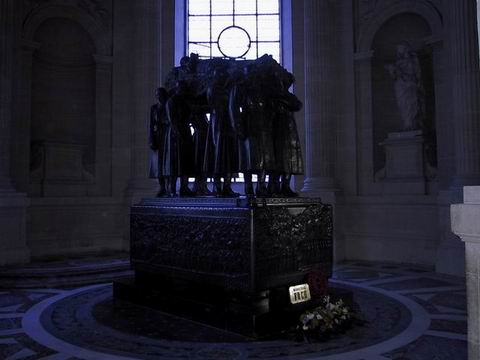
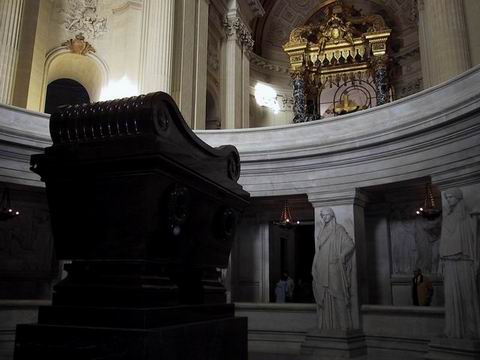
Napoleon's Tomb is in the center of the church and actually a story below the main floor. In 1840 it was decided that the remains of the Emperor would be transferred and a national funeral took place. The tomb took over 20 years to create and is made of red porphyry on a green granite base.
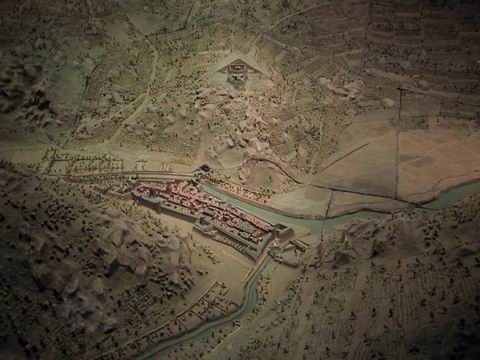
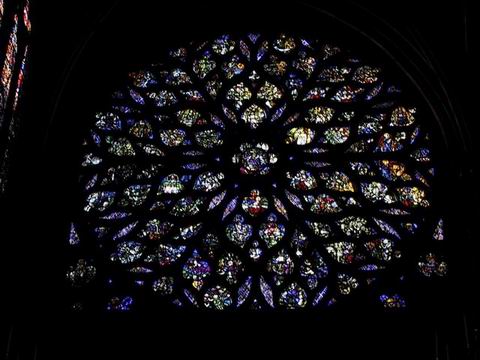
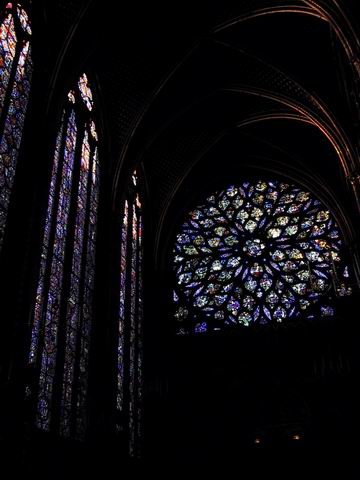
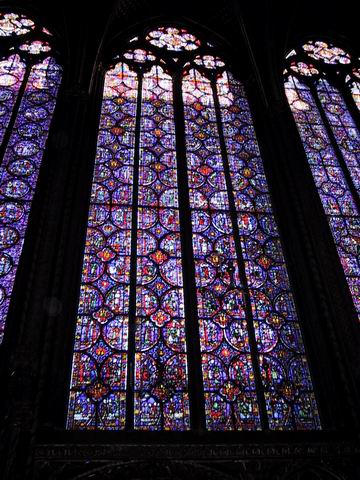
Created for those who could not read each window told a portion of the biblical story of mankind from Creation to Redemption. Red and blue are the dominant colors. This is the story of Ester. The pictures do not do the windows justice.
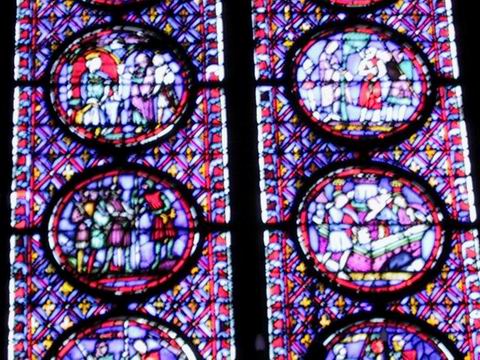
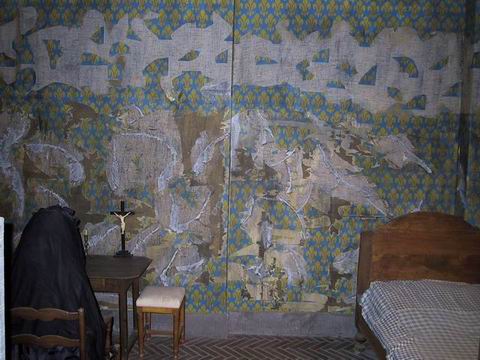
Charles V created the Conciergerie as a place for the administrative bodies of the kingdom - he also appointed a concierge (keeper) and hence the name. Over time it also became a prison. After the fall of the monarchy during the French Revolution the prison was where more than 2,700 people sentenced to death spent their last moments. The most famous prisoner was Marie-Antoinette - this is a recreation of her actual cell.
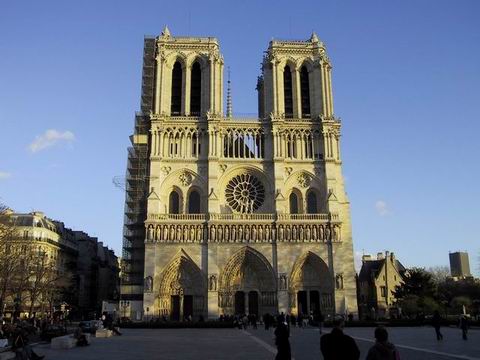
Notre-Dame was begun in 1163 and 200 years later was complete. Notre-Dame was damaged in the Revolution and lapsed into neglect until 1841 - then a 23 year restoration brought the church back it's former grandeur. Hard to see - but the statues across the front above the doors are the 28 kings of Judea - they were beheaded during the Revolution because the people thought they were the French kings. The heads were rescued by a citizen but not discovered for 200 years until 1997. You can see the originals in the Cluny Museum.
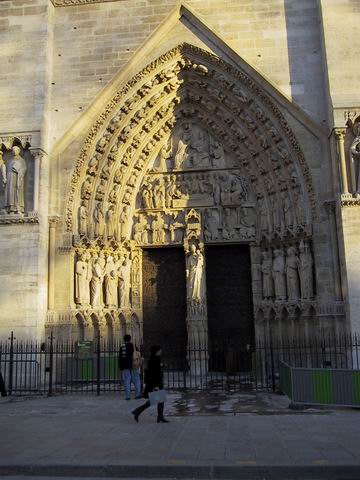
This is the left door to Notre-Dame. An interesting story is the statue holding his head - the third guy from the left. It is St. Denis who was beheaded while he was the Bishop of Paris. According to legend he got up, scooped up his head, and headed north. He found the right place to die and on that spot now stands the church of St Denis.
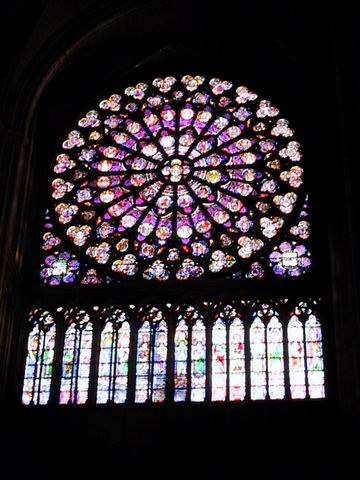
Notre-Dame has two great rose windows - this is the north window. This one is almost the same glass as originally installed in the 13th century. It depicts Old Testament figures around the Virgin.
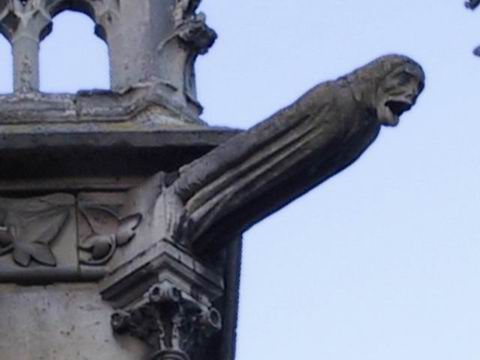
Cal has always been intrigued by the gargoyles - this is one of the hundreds on the church. They actually provide a practical use - they are rain spouts sending rainwater away from the building.
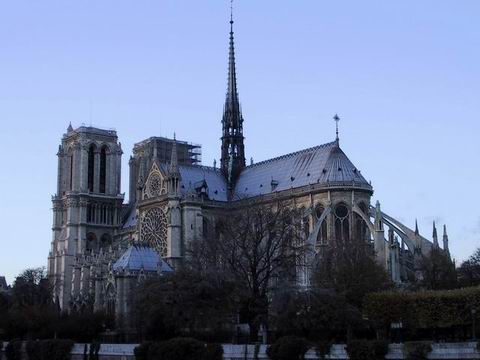
The 50 foot flying buttresses provide inward force to the walls countering the outward forces from the tall arches. Prior to the current building there was a Gallo-Roman temple, a Christian basilica, and a Romanesque church meaning that prayers have been said on this spot for 2,000 years. The crown of thorns was kept here until Sainte-Chapelle was complete - the same architect of Sainte-Chapelle worked on Notre-Dame.
